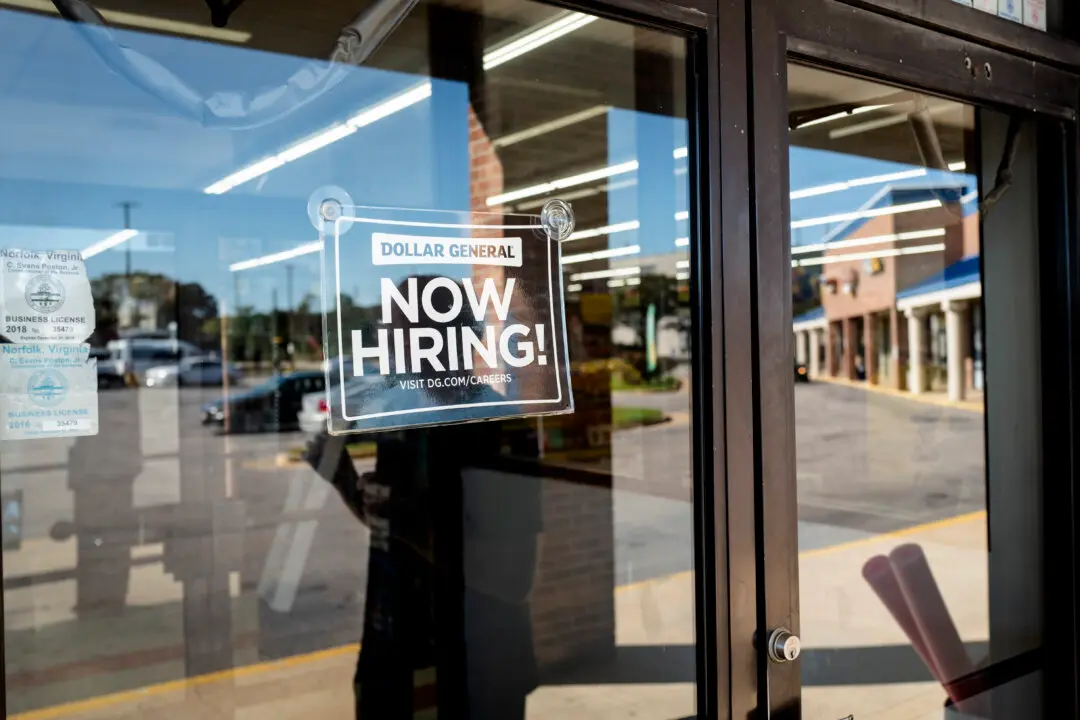The U.S. Treasury market is off to its best new-year start in two decades as investors purchased government debt with expectations of the Federal Reserve slowing down its tightening efforts.
The benchmark 10-year yield tumbled 10 basis points, to 3.78 percent, on Jan. 3, the sharpest decline on the first trading session of the year since 2001. Yields continued heading lower in the middle of the holiday-shortened trading week, with the 10-year bond sliding nearly 9 basis points, to around 3.70 percent.





